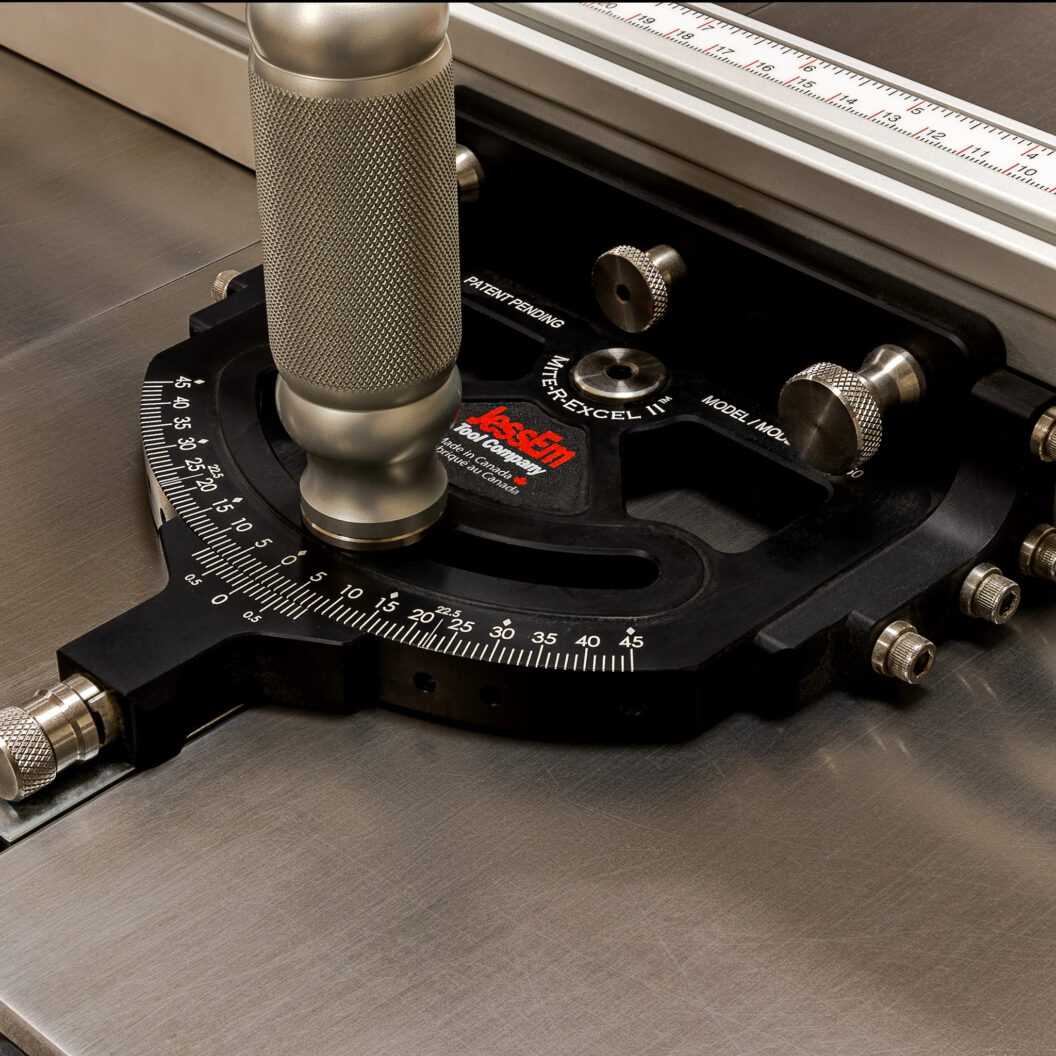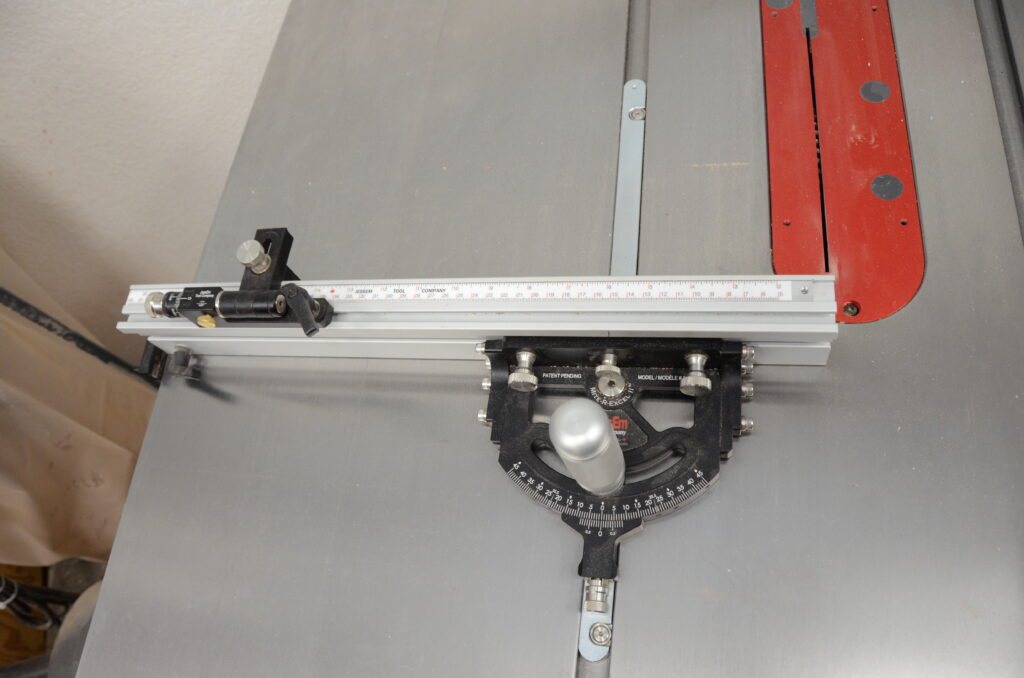
There are miter gauges and there are miter gauges. This is the latter. Yes, I stole that line and with good reason. If you’ve ever compensated for wobbly cuts, cuts that just aren’t square, a miter gauge that drags across your table, the Jessem miter gauge will fix that for you. If you’re one who says “my yard sale gauge is good enough” stop here. We are not the same.
Like most woodworkers, I’ve used my share of “not quite right” equipment. I thought I had hit miter gauge nirvana when I started using Incra gauges and I went a bit berserk with them, having one for the saw, one for a sled, and one more just because it was supposed to better than the first one I bought. To be sure, Incra makes some nice, accurate tools. But when I tried to bounce my Incra 1000SE off the floor for the 43rd time, fixing it was going to cost as much as I paid for it. License to shop!
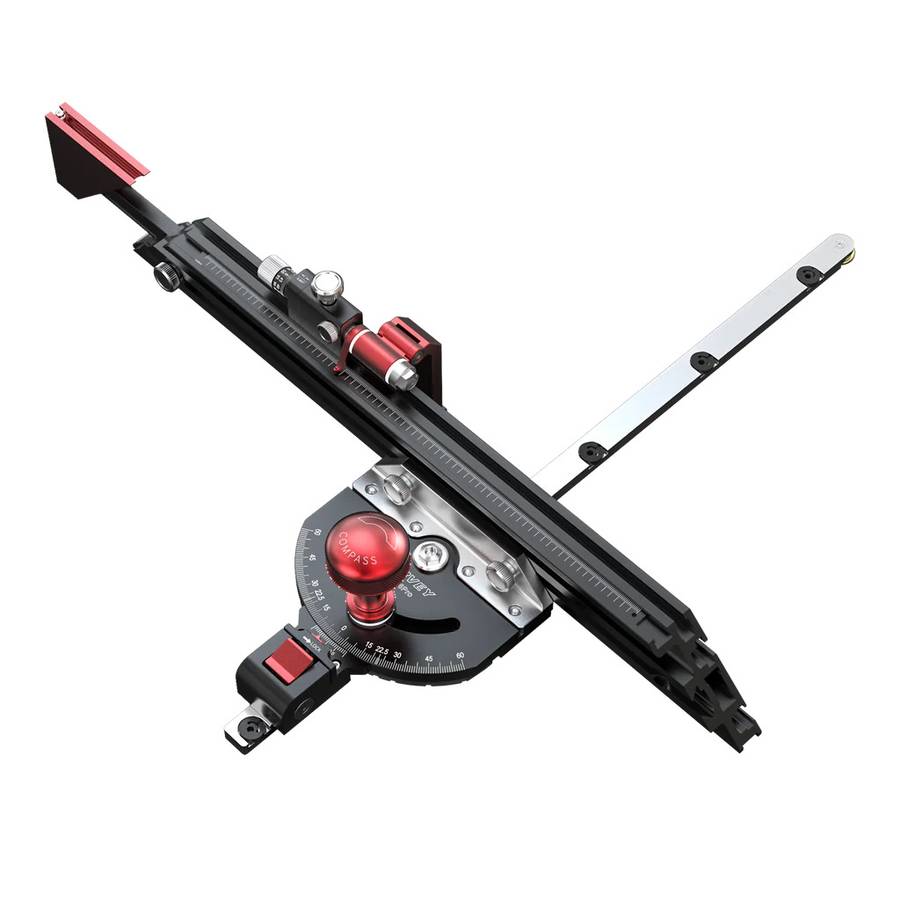
I ran though the usual suspects from Rockler, Incra, Kregg, etc until the Jessem came up. In post after post, nobody could say anything bad about them except the price. Even compared to the super sexy Harvey offering, Jessem came out ahead. This is definitely a “cry once” tool and if Kregg, etc, is making you wince at the price of aluminum, don’t touch a Jessem. Your will power alone is not enough to resist the siren’s call. After watching some serious reviews on YouTube, I gave myself the “you only live once” speech and placed my order for the Mite-R-Excell II. Like most things Jessem, I waited. And waited. And waited some more. Finally Brown Santa showed up and unceremoniously left me a box. At this price-point, I expected a flock of courtesans and a dozen trumpets. Instead, sweaty “Bob” the UPs dude. So much for pomp and circumstance.
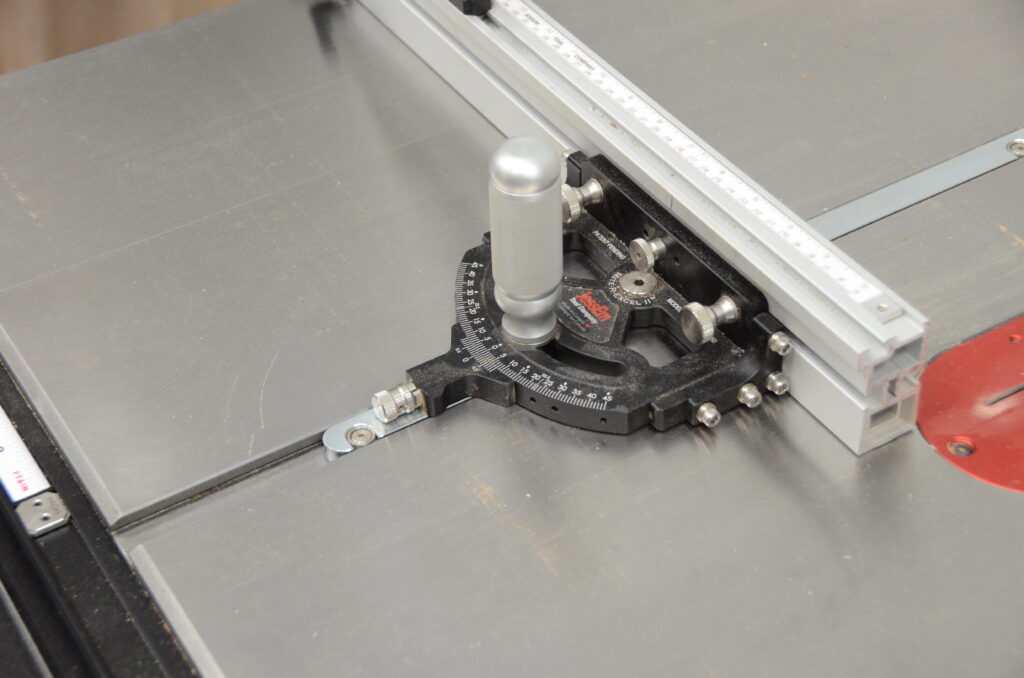
Since there was to be no parade, I smuggled my precious cargo to the garage where I could open the box with some reverence and privacy. It wasn’t a Red Ryder BB gun but it was damn close. Everything is over built and made of high quality materials with exceptional fit and finish. The “fence mount” that connects the protractor to the fence was alone, worth the price of admission, being very heavy duty and allowing a multitude of adjustments. Likewise, the oversize handle and the indexing scale just screamed “you’re not worthy”. It was so beautiful I didn’t want to use it but if you look at the pictures in this post, you will see that I did. Over and over again.
Assembly is pretty simple but fine tuning it for your workflow may take some time. I wound up setting an index point for the fence about 1/4″ from the blade. Unlike the other top contender by Harvey, the fence edge near the blade is straight, which is critical to the type of work I do. Yes, I could make a sacrificial fence but I didn’t. I only use them when I’m making beveled cuts with the blade. The rest of the time I want to get close and sometimes I need to “walk-in” a cut with a small backer and that big edge helps. A lot.
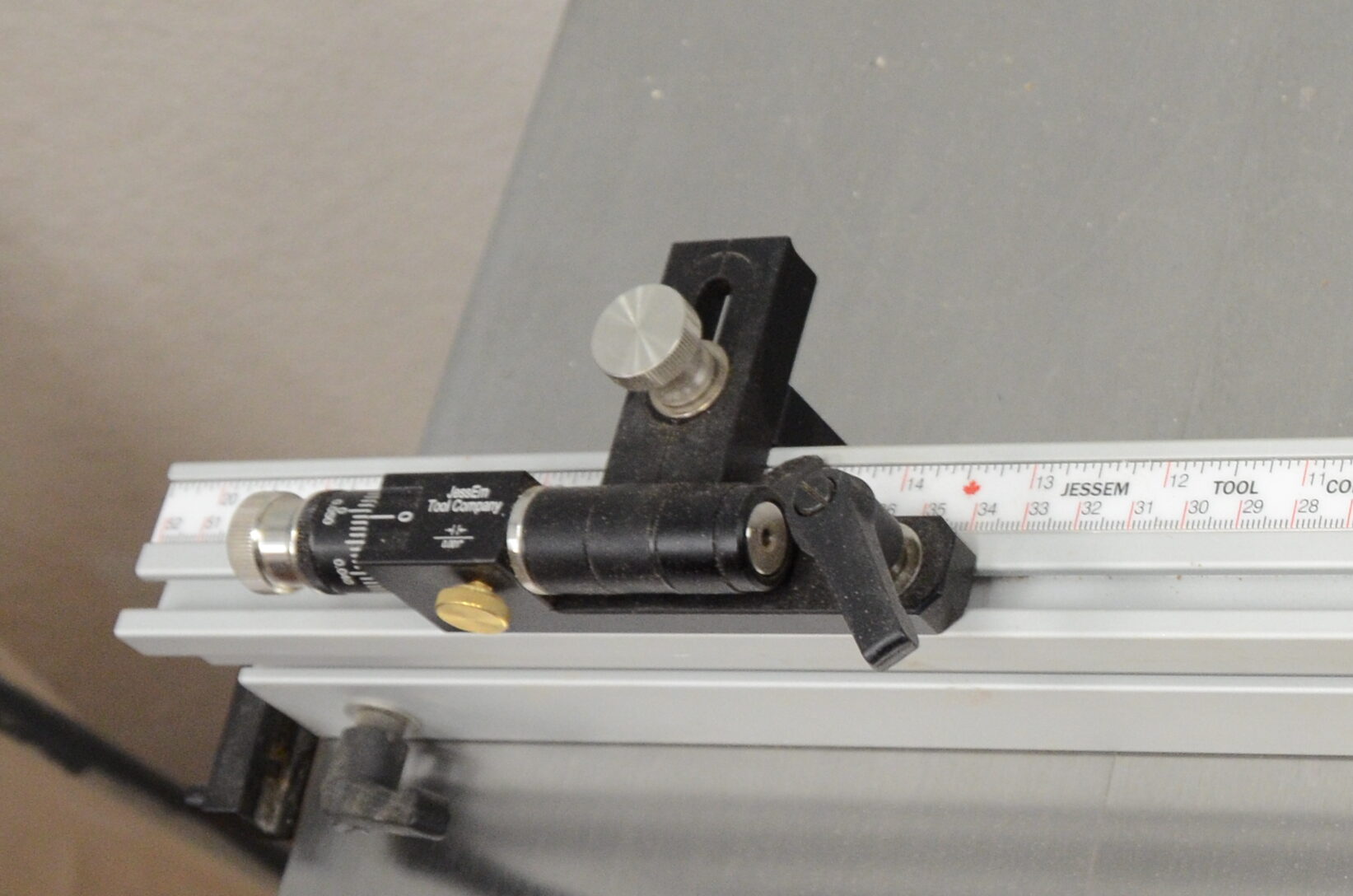
Also very cool was the adjustable scale on the top. I leave mine set for my normal 1/4″ from the blade but I can move it when I need to with a small Allen wrench. Turns out that matters to me often enough to make this one of the key elements of the gauge. Following a close 3rd is the micro-stop that I had to order separately as it came out after I got my gauge. It is superior to the original stop in both adjust-ability and rigidity, with zero deflection. On a few recent projects, I set the stop and worked through several different pieces flipping the stop up and down; every piece was on the money. The integral extension is also very good but not quite as precise as the stop. Still, I find myself using the extension frequently without second guessing the measurements.
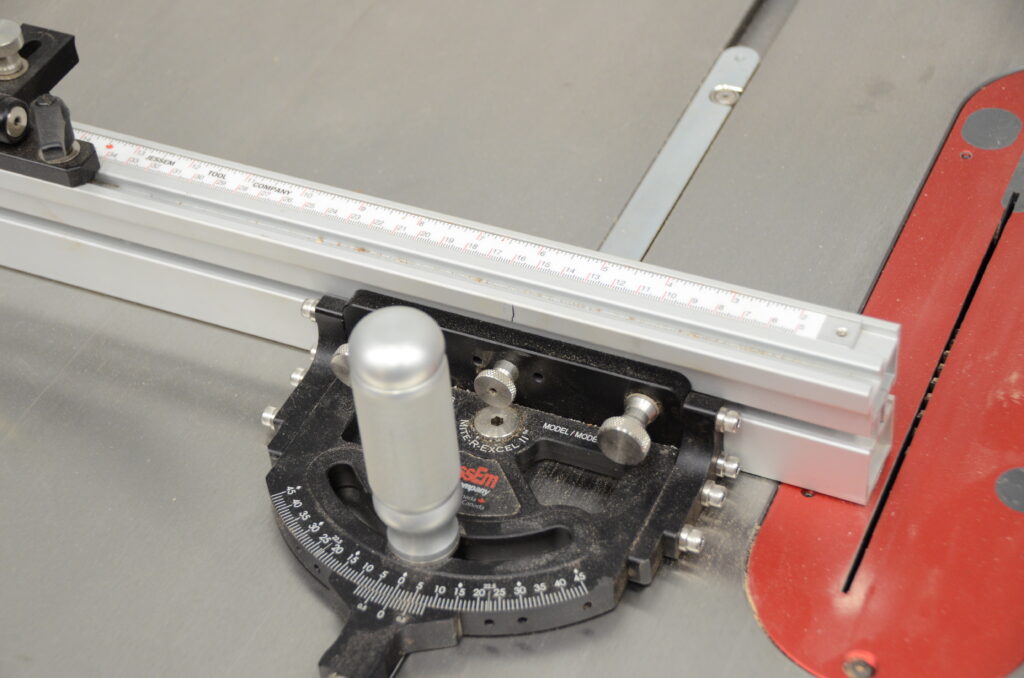
The indexed protractor is very accurate but I’ll admit to checking my angles in the beginning to ensure my cuts were correct. They were and I don’t check near as often anymore. But the very best feature on this wood weapon is the adjust-ability for square, to the blade and to the table. For big cuts, not a big deal but for the boxes and frames I make, absolutely critical. If you’ve had miter cuts that were just a hair off because your gauge wasn’t square, scratch your OCD itch and get the Jessem. My Incra 5000SE got schooled by the accuracy of the Jessem. It sits on a shelf now, sulking.
My one snivel is the guide-bar. I like very much that the bar is longer than most of the competitors but the last “snugger” is right behind the handle. This means for a deep cut with the fence on the edge of the table, there’s a slight bump as you move the gauge forward. I’d rather the snugger was under the handle and the remaining tail didn’t have an additional “snugger”. Can’t be helped but it bugs me every time.
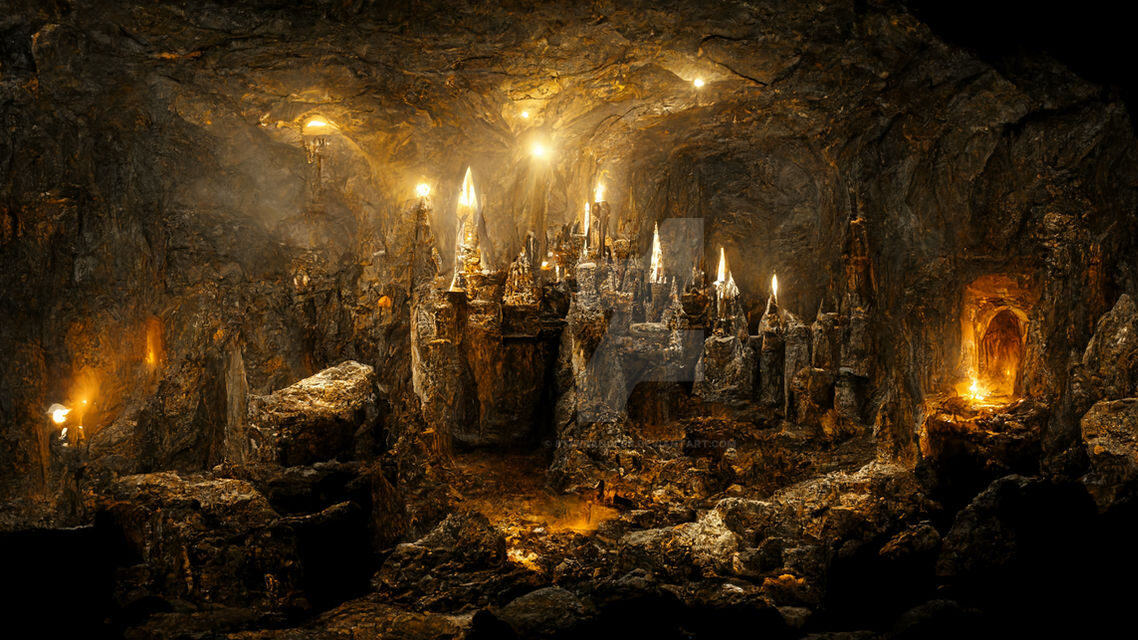
I can also say that thus far, the Jessem is pretty rugged. Having dropped it a couple of times, bringing it back to square was not difficult. And…no broken teeth on a protractor. I haven’t needed to replace anything on the Jessem yet but I’m sure if the day comes, it will be painful. I envision a small enclave of wizards, somewhere in the bowels of a mountain in Canada making small Jessem replacement parts one at a time from unicorn hooves and pixie wings.
So, if you’re needing a better miter gauge, this is the best there is from my perspective. I’ll confess that we gave our son an Incra as a gift a few years ago and, after having used the Jessem, I almost feel a bit guilty. Almost. He can have mine after I’m gone. Maybe.
